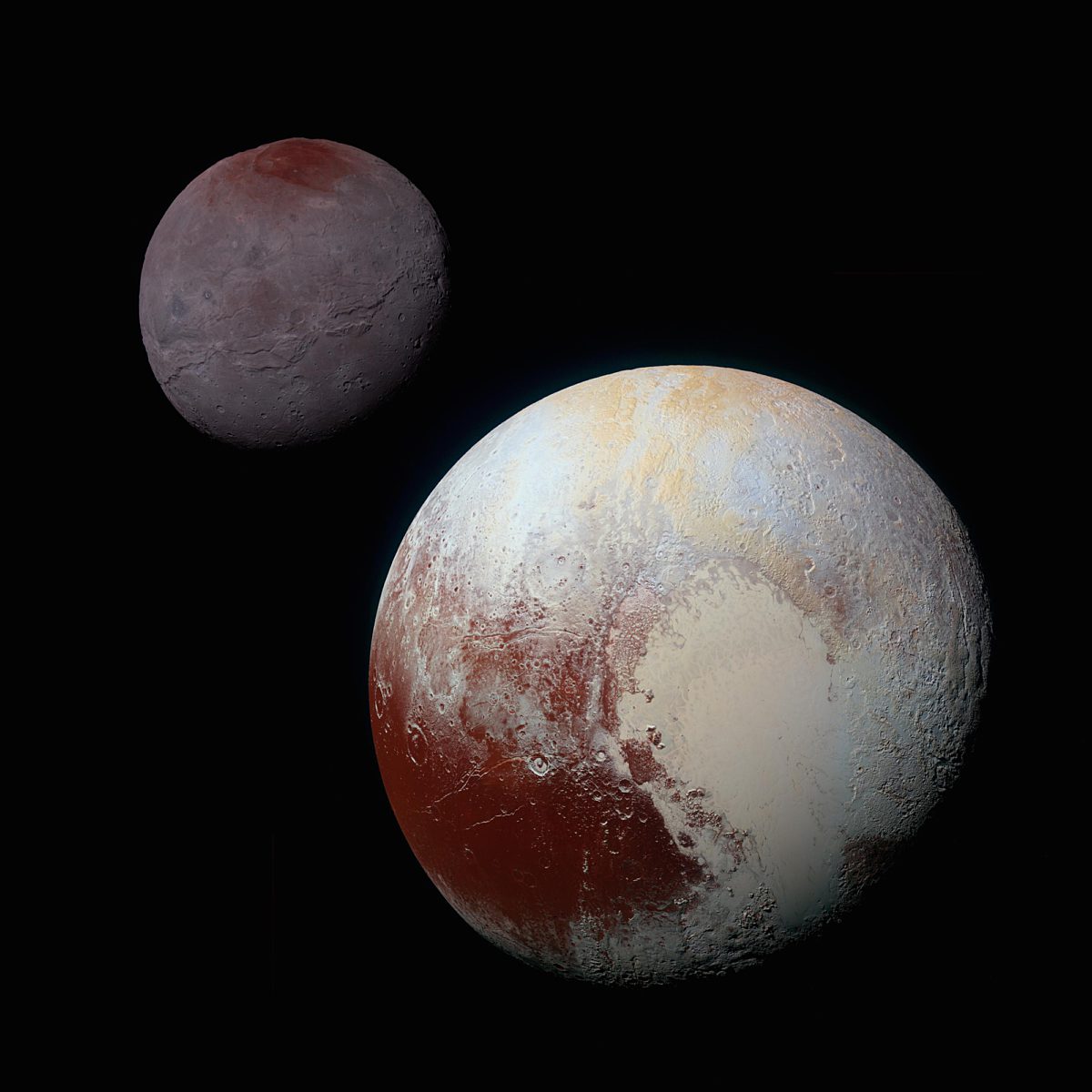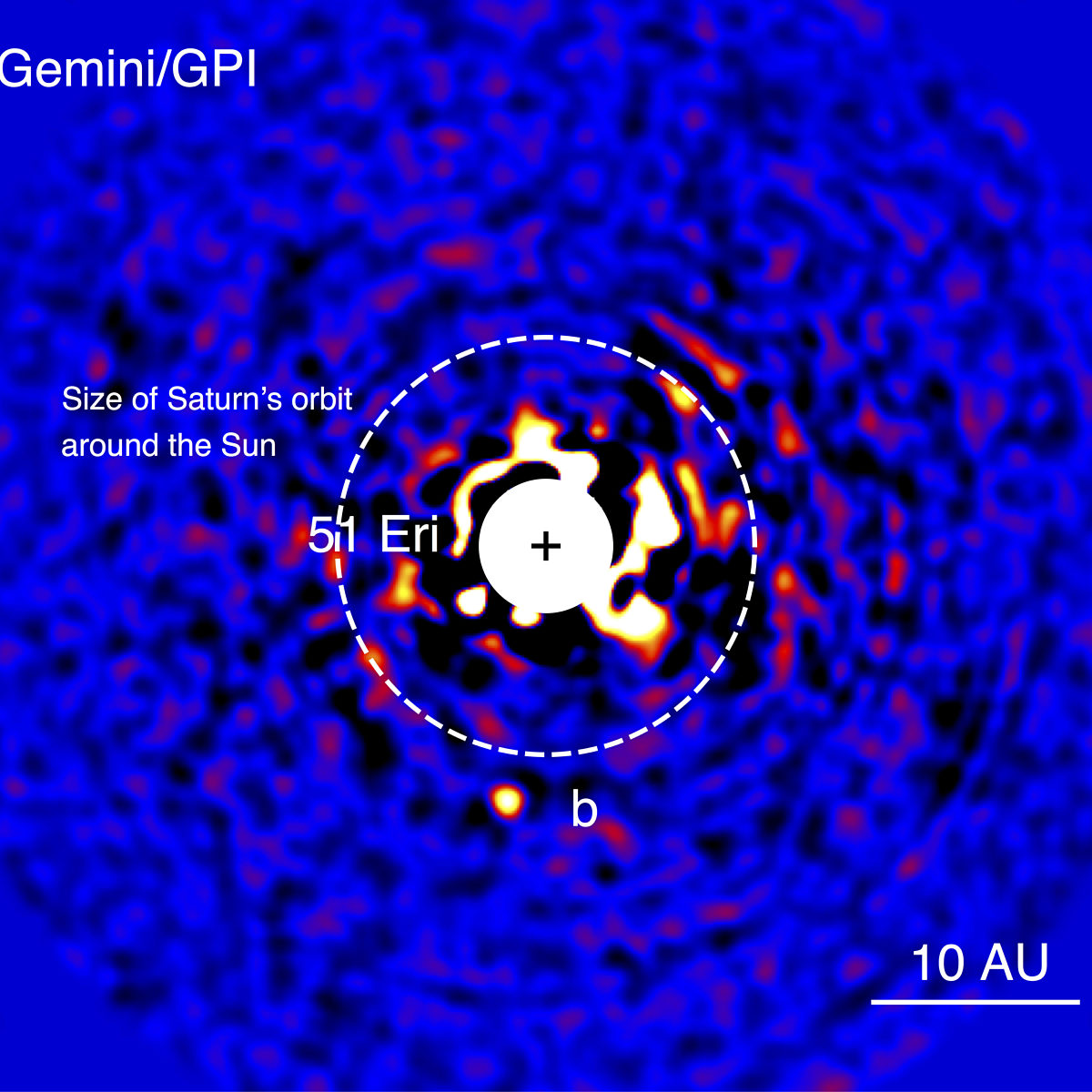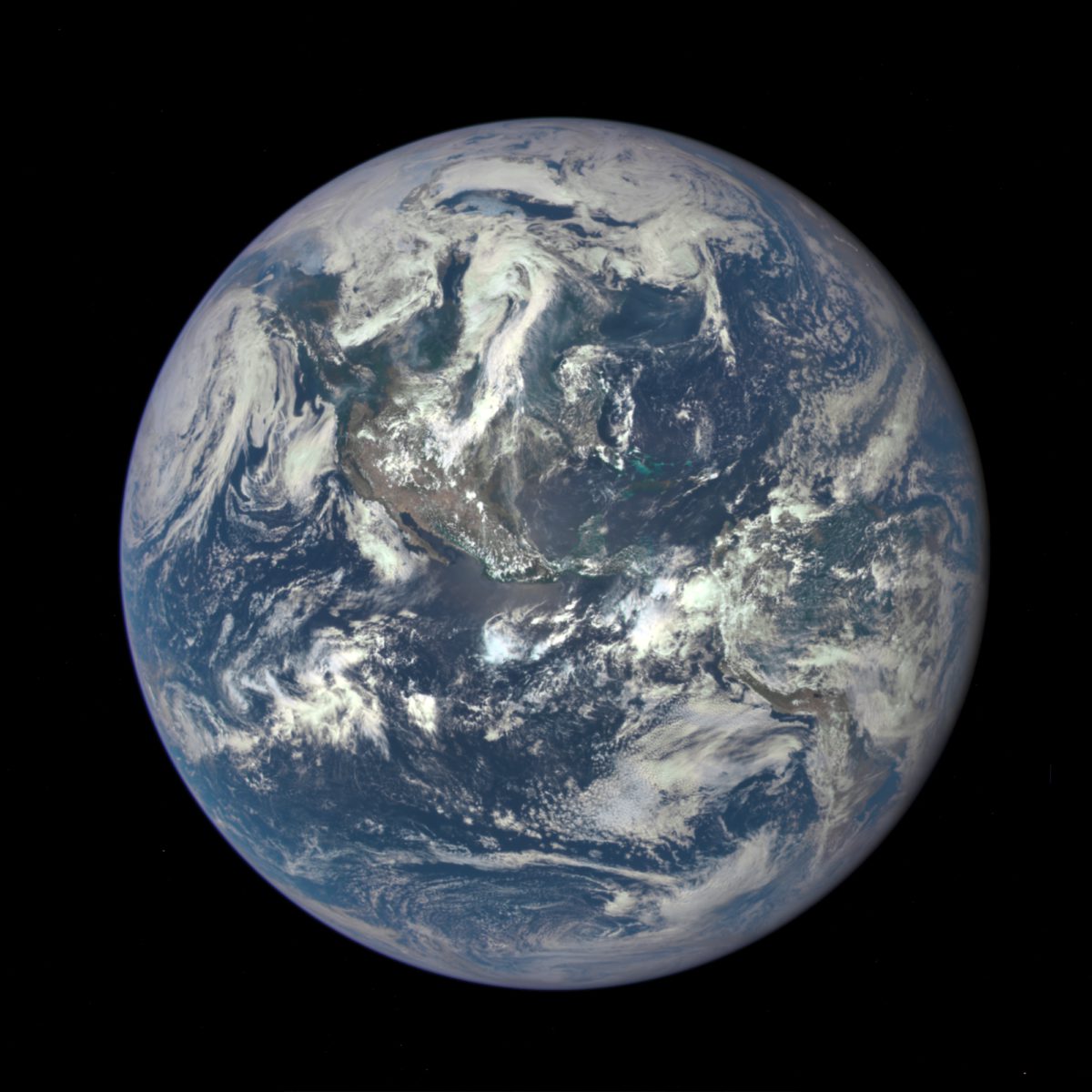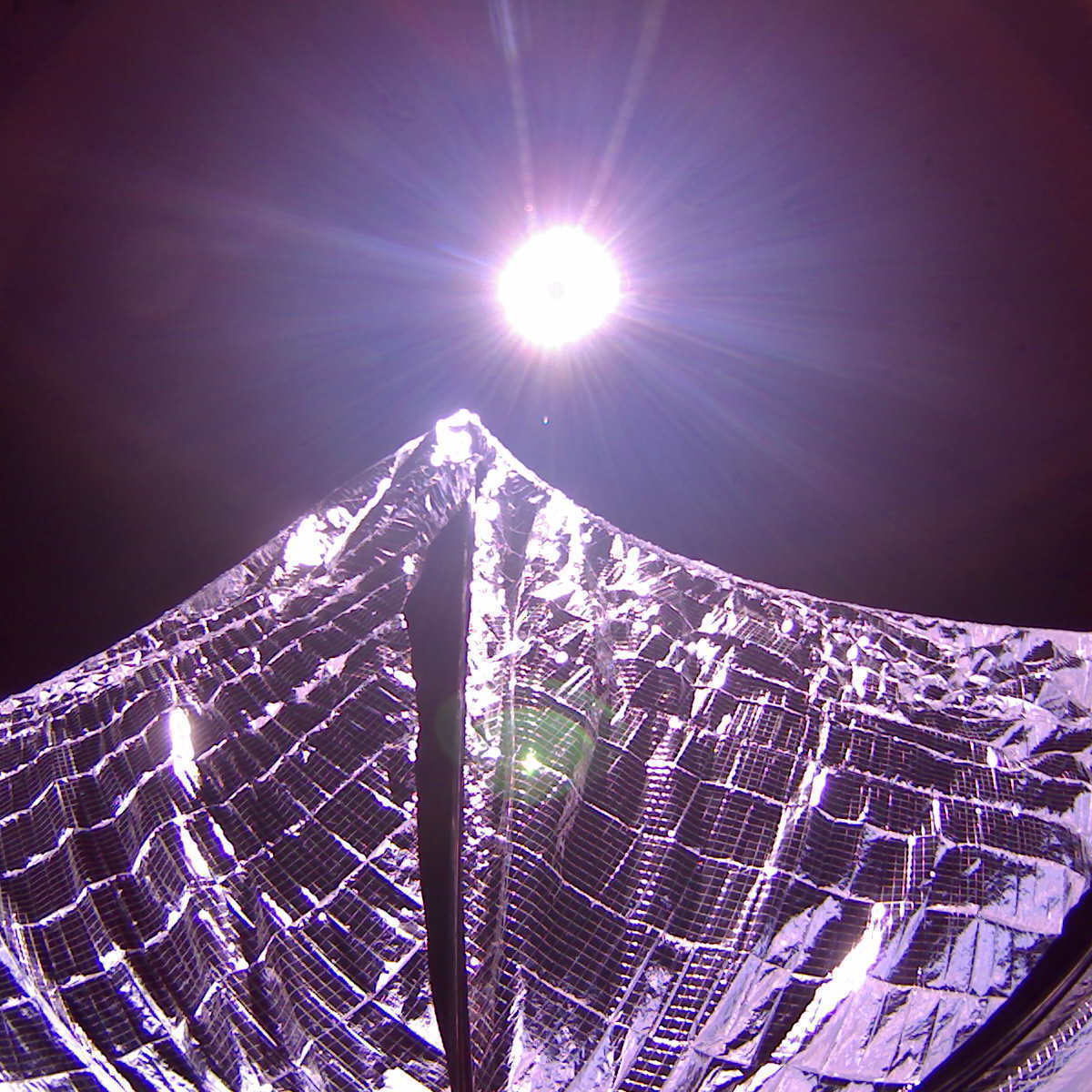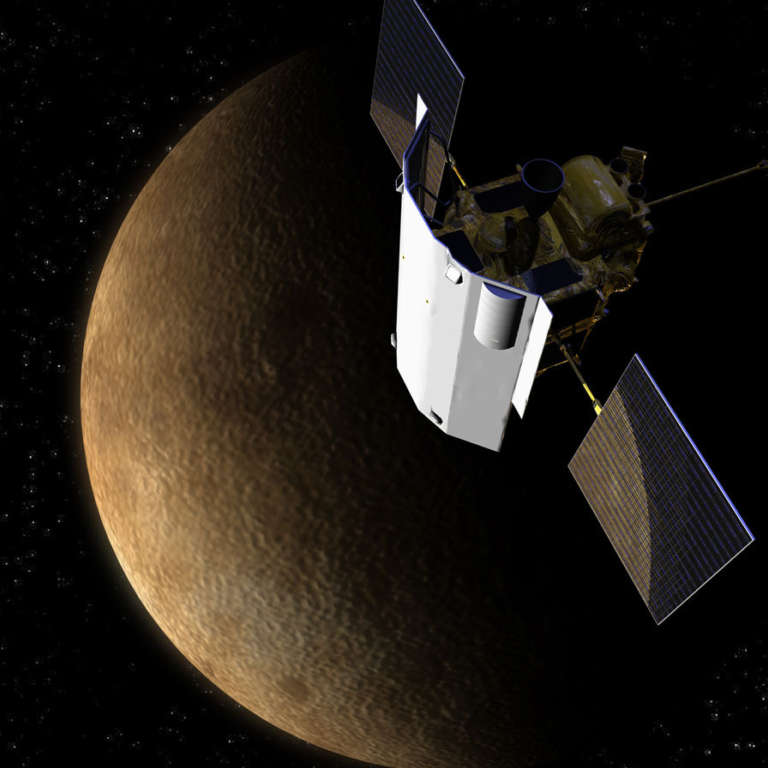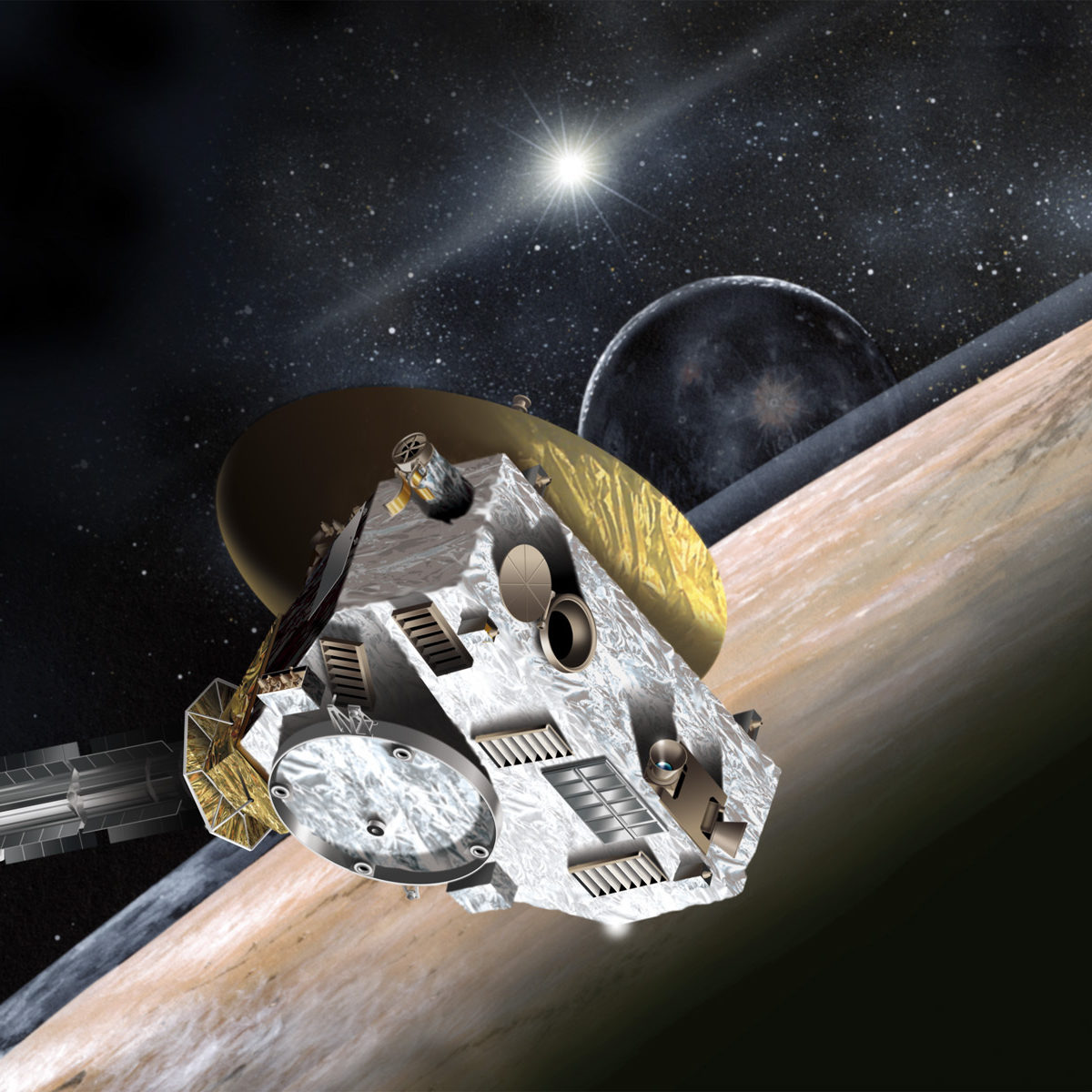Since 2002, Planetary Radio has visited with a scientist, engineer, project manager, advocate, or writer who provides a unique perspective on the quest for knowledge about our Solar System and beyond. The full show archive is available for free.
Search Planetary Radio
Our year-end review features the “best of 2015” lists from Jason Davis, Casey Dreier, Emily Lakdawalla and Bill Nye the Science Guy. What’s Up offers planets, a comet, and a nice prize package for the space trivia contest.
Emily Lakdawalla returns from the annual Division for Planetary Sciences meeting with big news from around the solar system. Then we talk with science journalist Traci Watson about the departure of the great Arecibo radio telescope’s Director and the funding challenge that could shut down the observatory.
Hal Weaver is a very happy Project Scientist. His New Horizons spacecraft has shocked his fellow researchers with magnificent images and data. He shares the excitement this week.
Franck Marchis is on the team that has delivered an actual image of a young, hot world about 100 light years from Earth. We talk with him on the 20th anniversary of the first exoplanet discovery.
Dante Lauretta heads the most ambitious mission to an asteroid ever mounted. With one year left till launch, he returns to Planetary Radio with an update.
Planetary Radio returns to SOFIA, the Stratospheric Observatory for Infrared Astronomy, but this time we fly in the giant 747 turned telescope platform. It was a night to remember.
The Breakthrough Initiatives will pump $100 million into the Search for Extraterrestrial Intelligence in the next 10 years, vastly expanding humanity’s quest to learn if it has company in the universe. Among the leaders of this brave new project is Cosmos creator Ann Druyan. Join us for a special, extended conversation with Ann.
Come with us on a visit to the home of the prime meridian for a conversation with the curator of the Royal Observatory, Greenwich about the race to create a practical means for determining longitude.
Join our live audience for highlights of an amazing evening, featuring Jim Bell, Bruce Betts, Mike Brown, Emily Lakdawalla, Linda Spilker, and Bill Nye the Science Guy.
SETI Institute scientist Jason Rowe returns to tell us about the smallest exoplanet so far that has had its size and mass determined. Jason also talks with Mat about our ever-expanding knowledge of these worlds that circle faraway stars.
Two visits with the Planetary Society Senior Editor this week, as Emily first provides an update on the Rosetta comet mission and then returns with an extended look ahead at the New Horizons Pluto encounter next week.
After a roller coaster ride that included a maddening eight-day silence, the LightSail test mission finally achieved all of its major goals. Leaders of the mission team gathered on June 10th to take questions from the media, and share their thoughts and emotions with the general public. Today’s show presents highlights of that briefing. Emily Lakdawalla is seeing things on Pluto, and she’s not alone. Bruce Betts takes Mat Kaplan on a walk in space during this week’s What’s Up segment.
It’s the biggest dwarf planet between here and Pluto, and it has a new permanent resident. The Dawn spacecraft is orbiting Ceres in the asteroid belt, revealing it as never before. What are those bright spots anyway? We spend time with Dawn’s Chief Engineer and Director, Marc Rayman.
Humankind’s arrival at Pluto is barely two months away. The science and images have already started to flow from New Horizons, according to the mission’s Principal Investigator, Alan Stern. Alan returns to Planetary Radio this week.
We open with the countdown to destruction—the MESSENGER spacecraft’s impact on Mercury ended its spectacularly successful mission. Principal Investigator Sean Solomon joins us immediately after this big finish.
The Planetary Society’s experts look forward to a great year of firsts in the solar system and beyond.
NASA’s Orion spacecraft has taken its first step toward Mars and an asteroid mission. The Planetary Society’s Jason Davis was at the Kennedy Space Center for the December 5 mission.
Ilse Cleeves is lead author of a paper that concludes up to half of our solar system’s water is older than the solar system itself. The implications for life across the galaxy are profound.
Inspired by Star Trek, distinguished physicist Miguel Alcubierre developed the general relativity-based model for warp drive 20 years ago. Hear why he doubts it will ever be a reality, and learn about his current research on gravitational waves.
New Horizons passed through the orbit of Neptune on August 25th. By cosmic coincidence, this was the 25th anniversary of Voyager 2’s flyby of that big, blue world. We catch Principal Investigator Alan Stern right after a celebration in Washington.


 Explore Worlds
Explore Worlds Find Life
Find Life Defend Earth
Defend Earth




